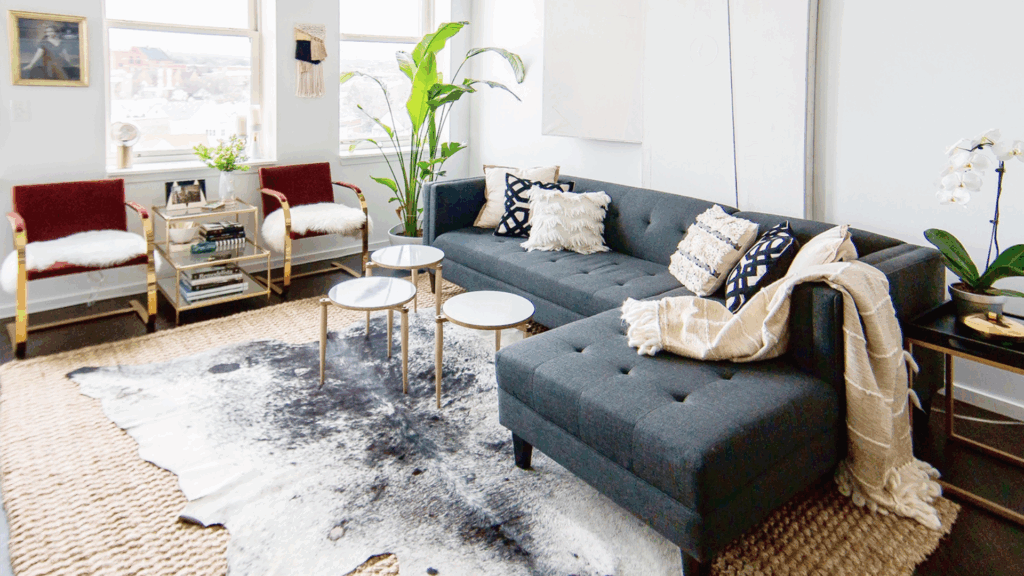Rugs are a fantastic way to add warmth, comfort, and style to any room, and layering rugs can take your decor to the next level.
Layering rugs helps create a unique, cozy, and well-balanced look that enhances the overall atmosphere of your space.
I love using this technique to add texture and define different areas, such as creating a focal point in the living room or adding softness to the bedroom. It’s also a great way to divide spaces in open-plan areas.
In this guide, I’ll walk you through how to layer rugs effectively, offer helpful tips, and provide design ideas to inspire your next home makeover.
Why Layering Rugs Works?
Layering rugs is an excellent way to add variety, texture, and depth to a room. It goes beyond simply stacking rugs; it’s about creating a balanced, harmonious design that enhances the room’s overall look.
Layering allows you to introduce different textures, colors, and patterns, giving your space a personalized touch.
The right rug combinations can also serve practical purposes, such as defining different areas in an open-plan room, reducing noise, or protecting floors.
It’s a versatile technique that lets you get creative with your design choices. For example, you can mix a large, neutral rug with a smaller, patterned one for contrast, or layer soft, plush rugs over durable flatweave rugs.
By carefully selecting the right rugs and placement, you can change your room into a cozy, stylish, and functional space.
How to Layer Rugs: A Simple Guide for Stylish Decor
Layering rugs is an easy and effective way to add depth, texture, and style to your space, allowing you to experiment with different sizes, patterns, and textures to enhance the room’s look.
1. Pick Out Your Base Layer
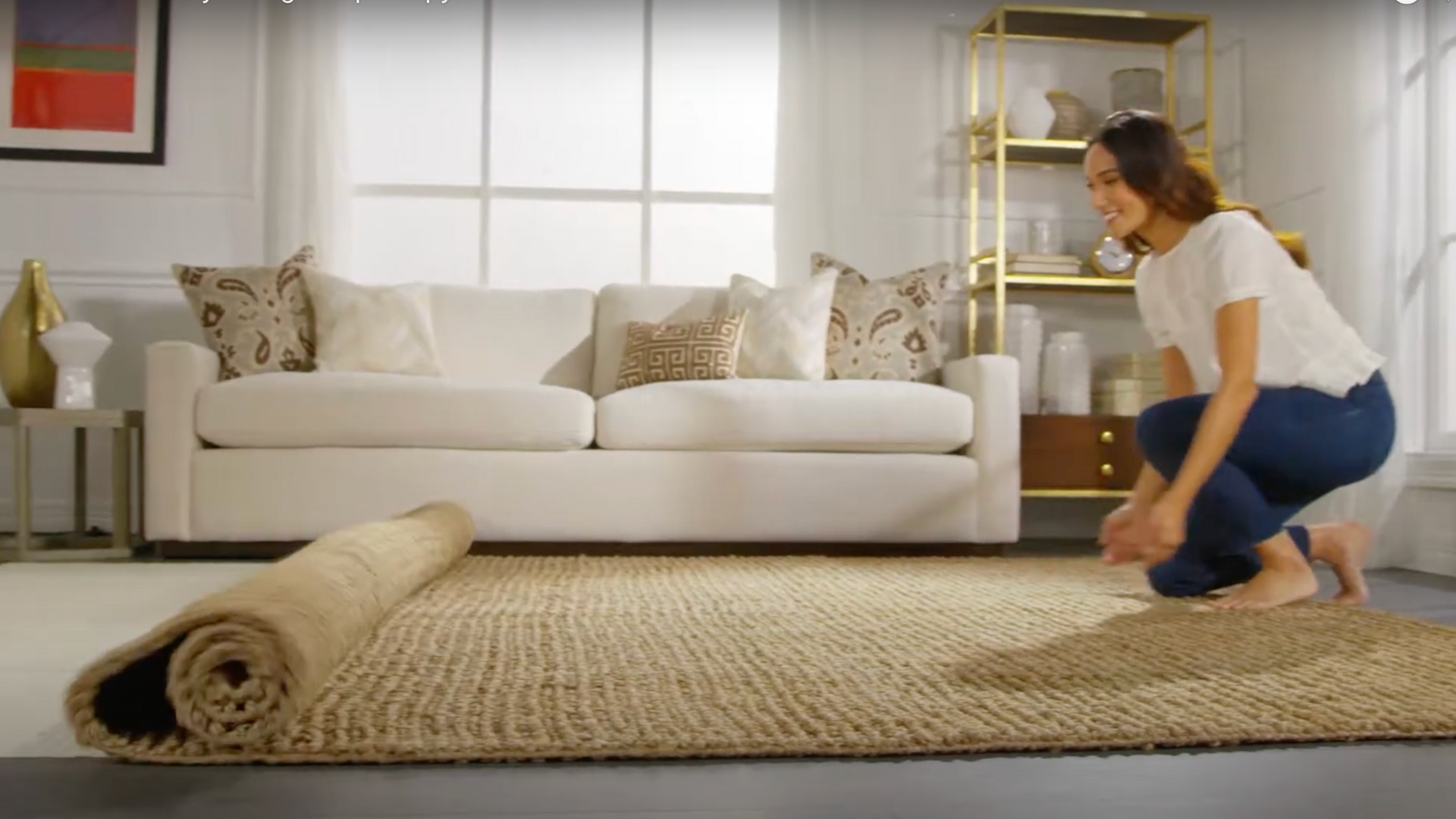
Start with a large, neutral base rug to anchor the space. This rug should be big enough to cover a significant portion of the room, helping to ground the other layers.
Choose a natural fiber rug like jute or sisal, which is budget-friendly and adds texture. For larger rooms, an 8×10-foot rug works well, while smaller rooms might benefit from a 5×7-foot rug.
2. Assess Your Space and Size Needs
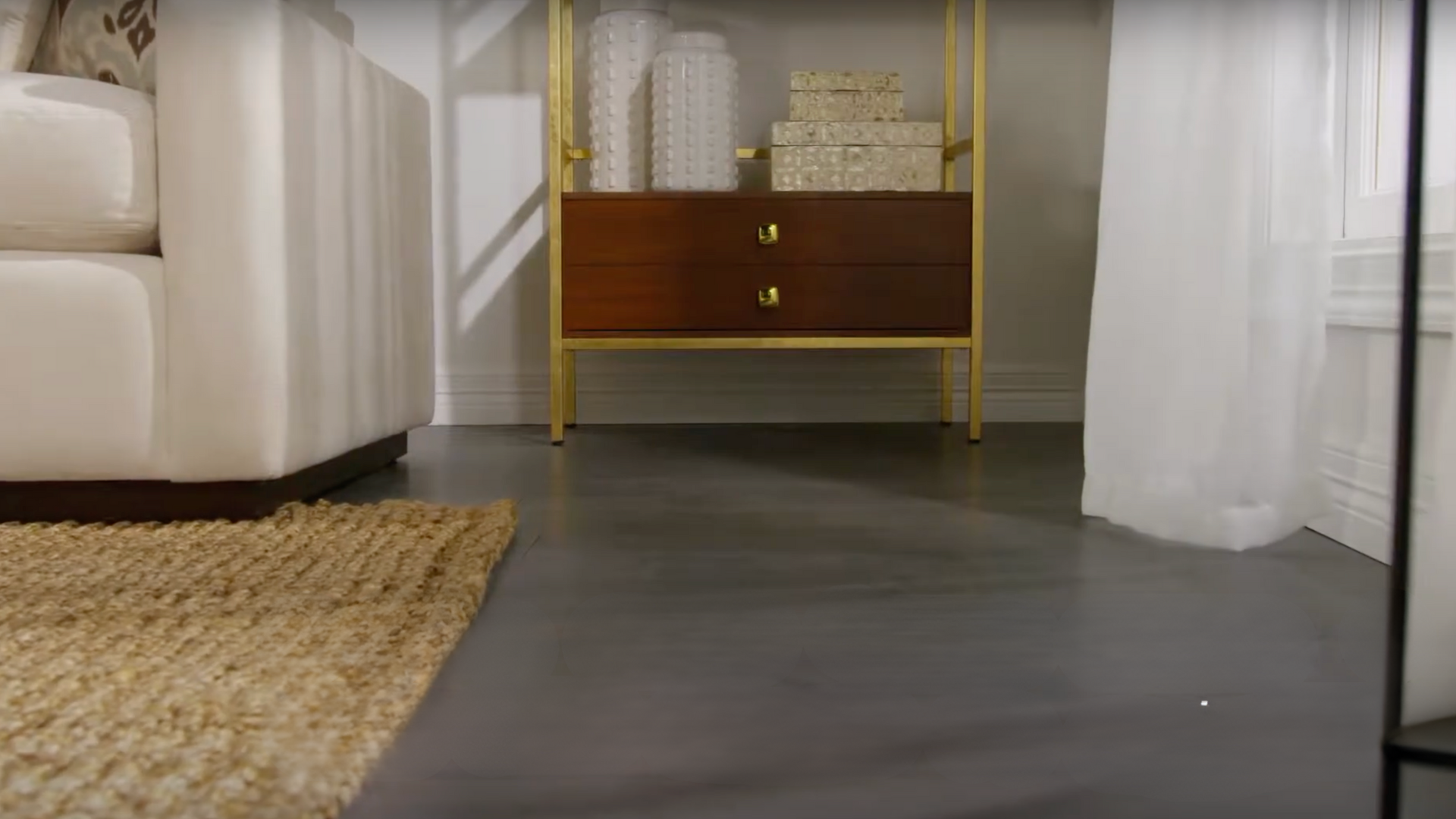
Consider the layout and size of your room to determine the appropriate base rug size. Larger rooms may require a bigger rug to cover the floor and anchor floating furniture, such as an 8×10 or 9×12-foot rug.
Smaller rooms can benefit from a 5×7-foot rug that highlights specific areas without overcrowding the space. Size matters for balance and visual appeal when layering rugs.
3. Add Dimension with a Pop of Color, Pattern, or Texture
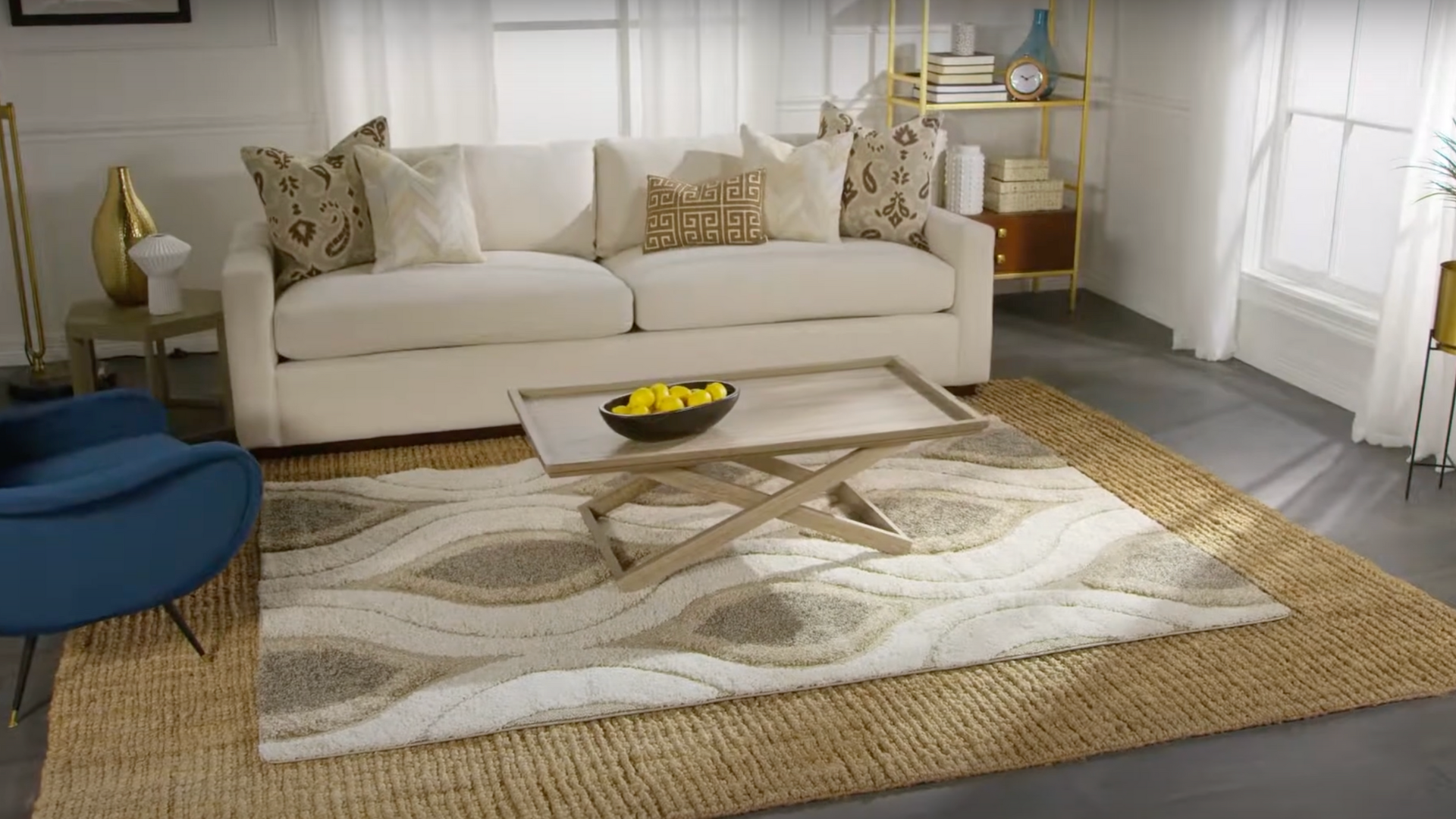
Once you’ve set the base, layer a smaller rug on top to add color, pattern, or texture. Choose a rug that contrasts with or complements the base rug, like a bold geometric pattern or a solid color.
A smaller rug can help accentuate a particular area in the room, such as under a coffee table or near the bed, creating visual interest without overpowering the design.
4. Keep It Subtle with a Fun Texture
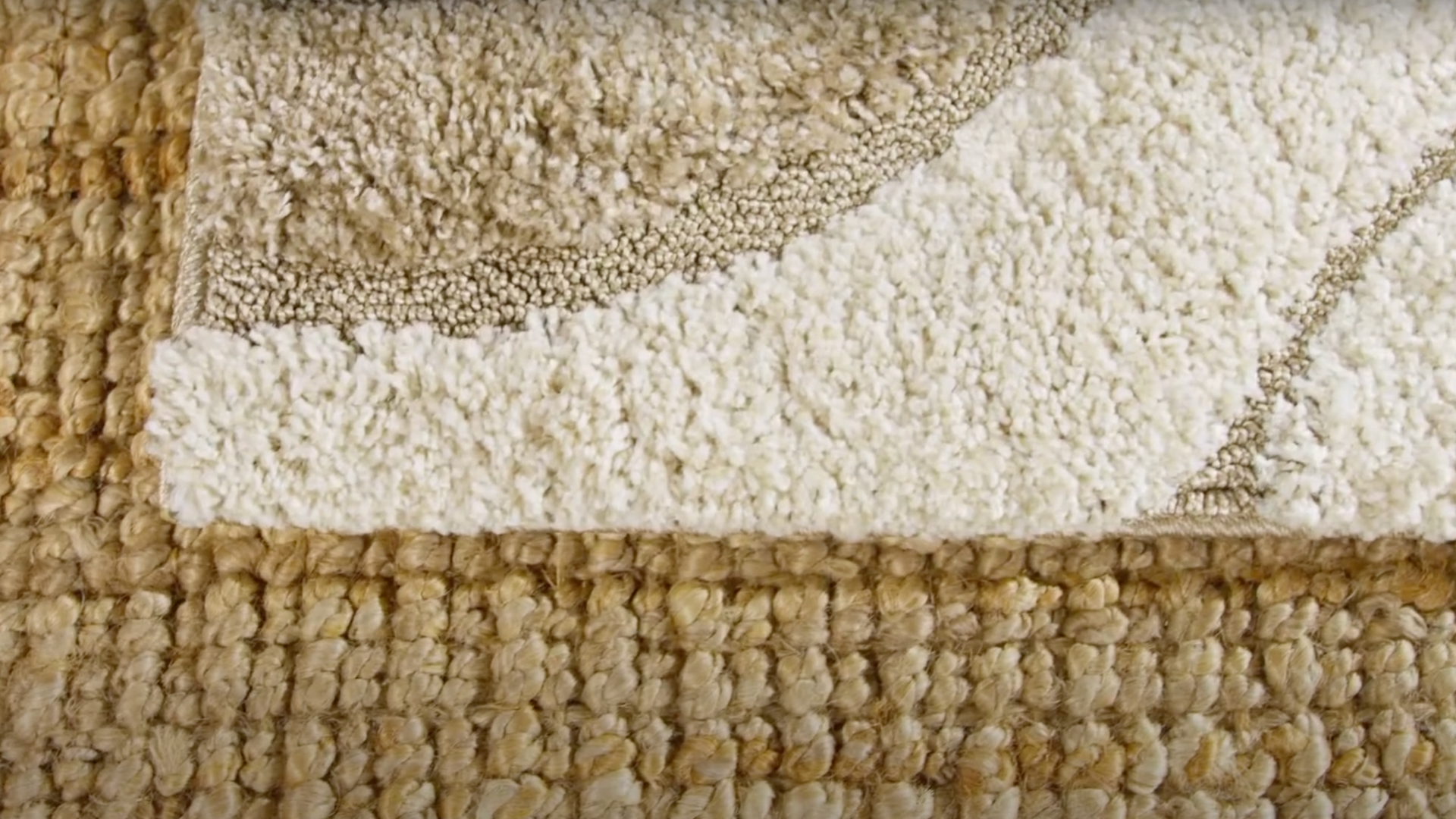
For added depth, layer a rug with a unique texture. Shag rugs, such as Moroccan-style options, add a plush, cozy feel while maintaining balance with the base rug.
Choose a textured rug that complements the tone of your base rug, it’s soft and luxurious, or flatwoven and minimal.
Layering texture enhances the overall atmosphere, making the room feel more inviting and visually engaging.
5. Mix and Match with Multiple Rugs
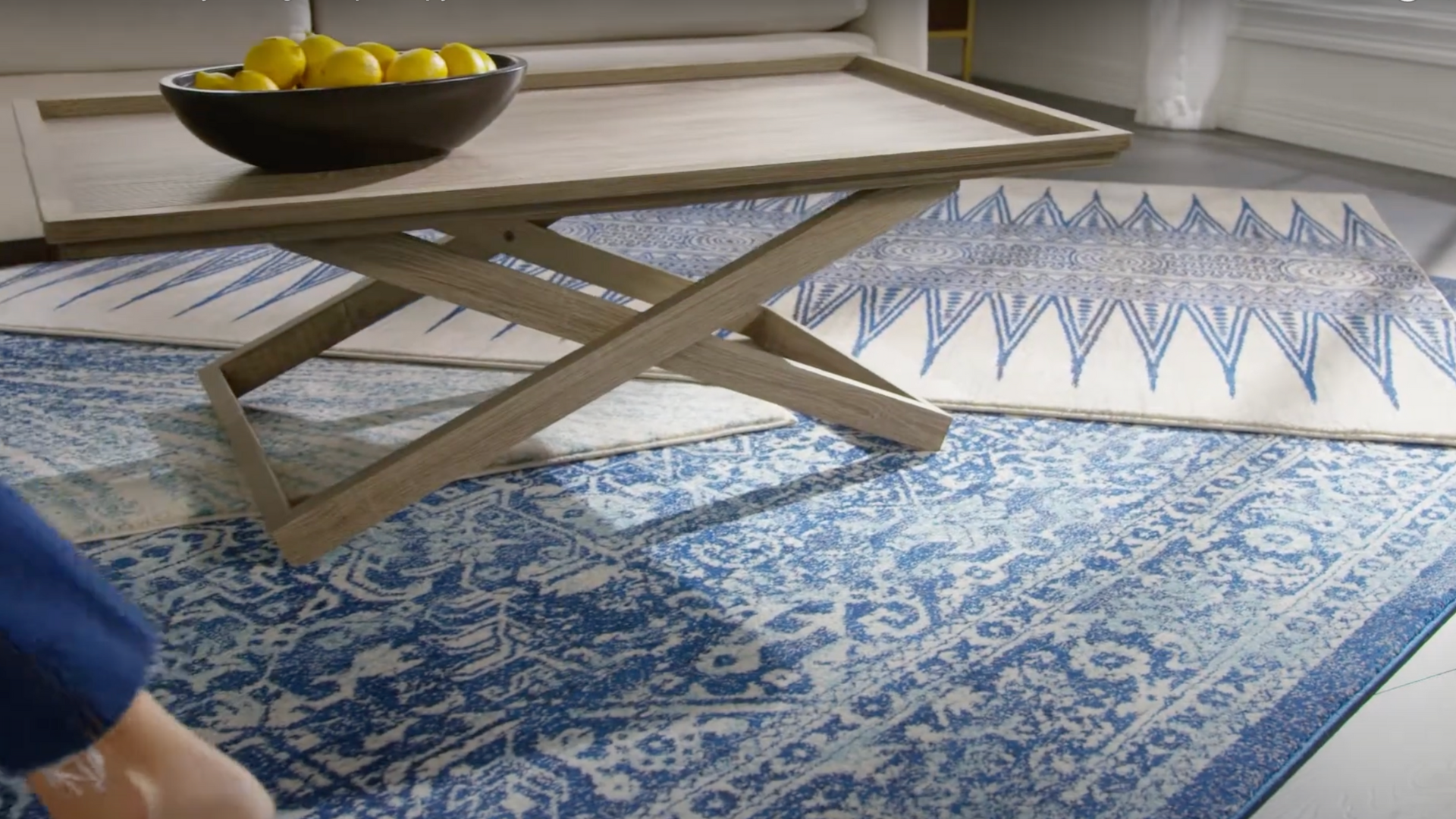
Layering multiple rugs can elevate your space and add complexity without being overwhelming. Experiment by combining different rug sizes, textures, and patterns, staying within a similar color palette for harmony.
For example, a neutral rug can serve as the base, while smaller rugs with contrasting patterns or colors are layered on top. This technique adds style, dimension, and personality to your room, making it unique.
7. Experiment with Small and Large Rugs
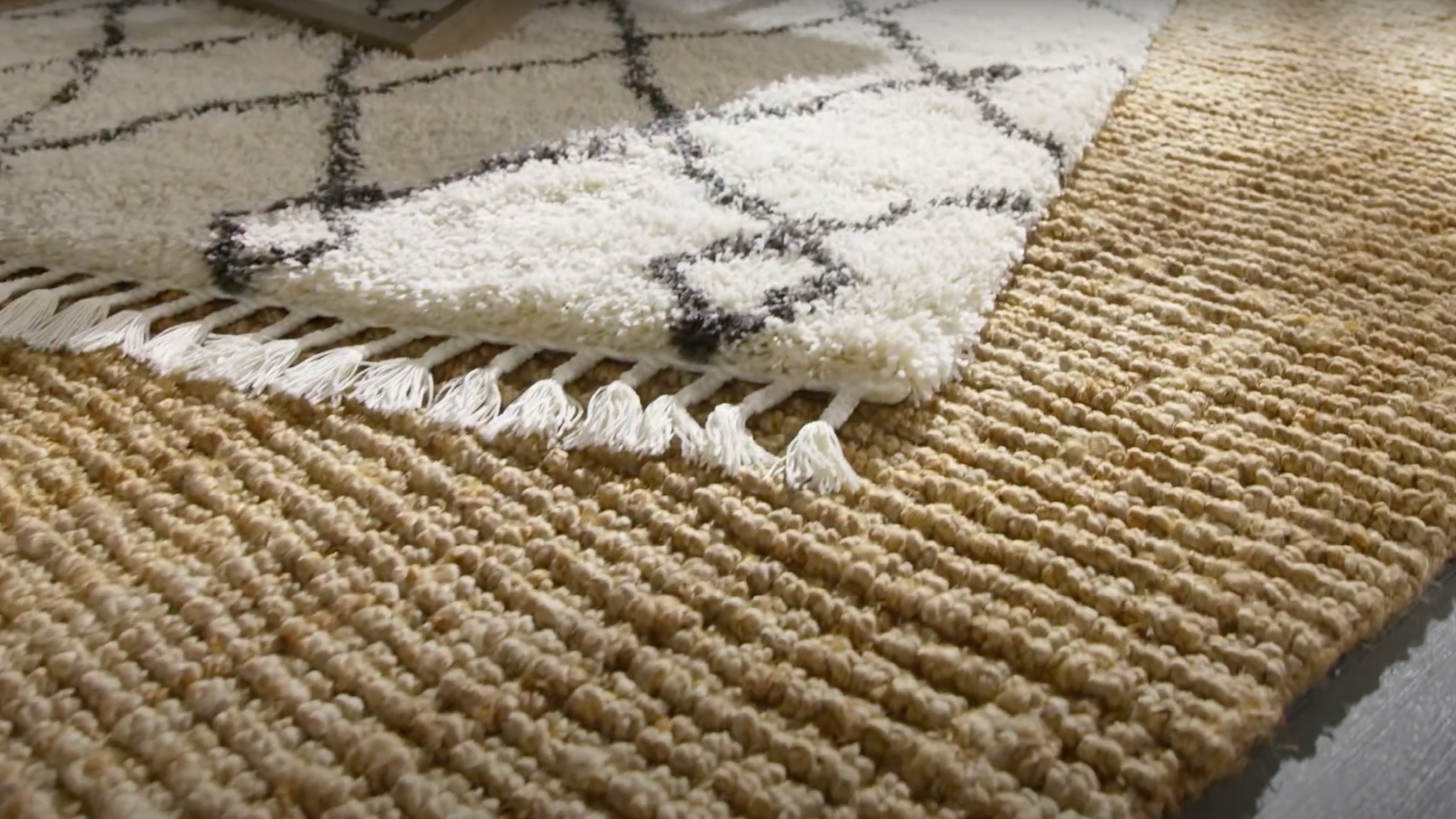
Combine small and large rugs for an interesting layered look. Start with a larger, neutral rug as the base, then layer a smaller, vibrant rug on top.
The small rug can draw attention to a particular area, like the foot of the bed or under a coffee table.
Mixing different sizes adds visual intrigue while keeping the overall design balanced and grounded, offering texture and depth.
9. Balance the Layered Rugs with Your Room’s Theme
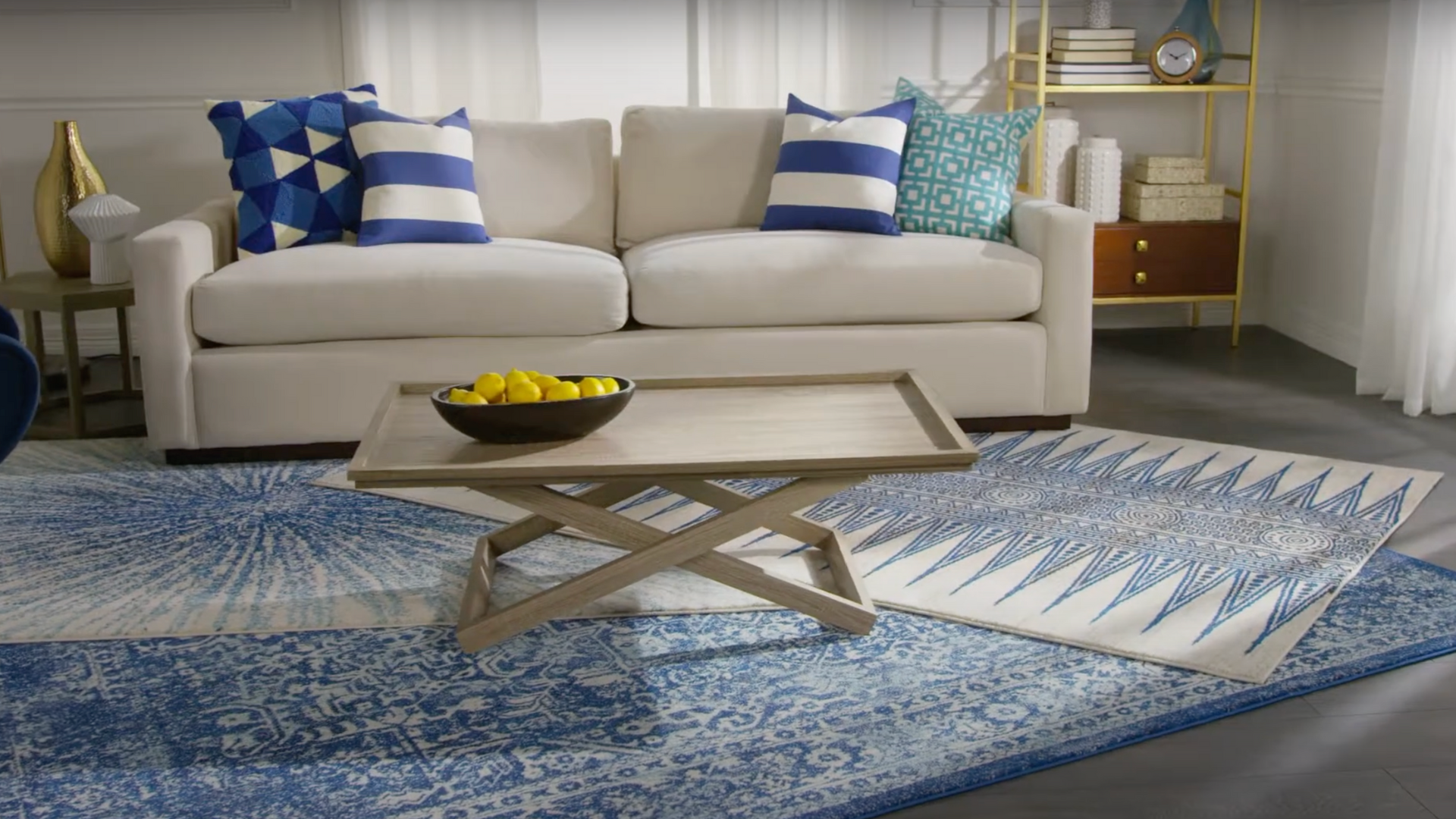
Ensure your rug layers align with your room’s theme and color scheme. For a modern look, stick to simple patterns with sleek, low-pile rugs. If your style is boho, opt for bright, bold patterns layered with natural textures.
Rustic rooms benefit from layering natural fibers like jute and wool. Keep your rug choices balanced so they reflect the overall atmosphere and theme of the room.
For a visual guide, refer to this video on how to layer a rug by @Krysten Brown on YouTube.
The Best Rug Types for Layering
Not all rugs are created equal, and choosing the right types of rugs to layer is crucial for achieving a stylish look. Below are some of the best rug types for layering:
- Wool Rugs: Soft, durable, and versatile, wool rugs are perfect for layering. Their natural fibers provide a plush, cozy feel underfoot and work well with various styles.
- Jute and Sisal Rugs: These natural fiber rugs offer texture and a rustic vibe. They pair well with plush wool or shag rugs and are ideal for creating an organic look in your space.
- Shag Rugs: If you’re looking for extra softness and luxury, shag rugs are great for layering. Their thick pile adds a cozy touch to any room.
- Flatweave Rugs: These thin, lightweight rugs are perfect for layering. They are ideal for adding color or pattern without overwhelming the room.
Tips for Layering Rugs Like a Pro
Layering rugs can be a creative process, and here are some expert tips to achieve a polished and professional look:
- Use Rugs of Different Sizes: Pair large rugs with smaller ones to create visual contrast and avoid an overwhelming look.
- Stick to a Color Palette: Choose colors that complement each other, using neutral tones for the base rug and adding pops of color or pattern on top.
- Consider Functionality: Layer rugs for both visual and practical reasons. Add soft rugs for warmth or thicker rugs for durability in high-traffic areas.
- Mix Textures: Combine different textures like wool, jute, and cotton to create a dynamic, layered look that adds depth and interest to the room.
- Start with a Neutral Base: Choose a neutral-colored rug as the base to allow the top rugs to shine. This helps the layered look feel balanced and not too busy.
- Balance Pattern and Solid Colors: Pair bold patterned rugs with solid or subtly patterned rugs to avoid clashing. This ensures the room remains visually appealing and cohesive.
- Layer for Zones: Use layered rugs to define different areas in large rooms, like separating the dining and living spaces or creating cozy reading corners.
Conclusion
Layering rugs is a simple yet effective way to enhance the style, comfort, and functionality of any room.
By combining different sizes, colors, textures, and patterns, I can create a unique and cozy space that reflects my personal style.
The key to successful rug layering is balancing the base rug with smaller, contrasting pieces while keeping the overall look cohesive.
Don’t be afraid to mix textures, experiment with colors, and layer for both visuals and practical purposes. It’s all about getting creative and adding warmth to your space.
I hope these tips inspire you to start layering rugs in your home. Ready to give your space a fresh look? Start layering rugs and watch your room come to life.

